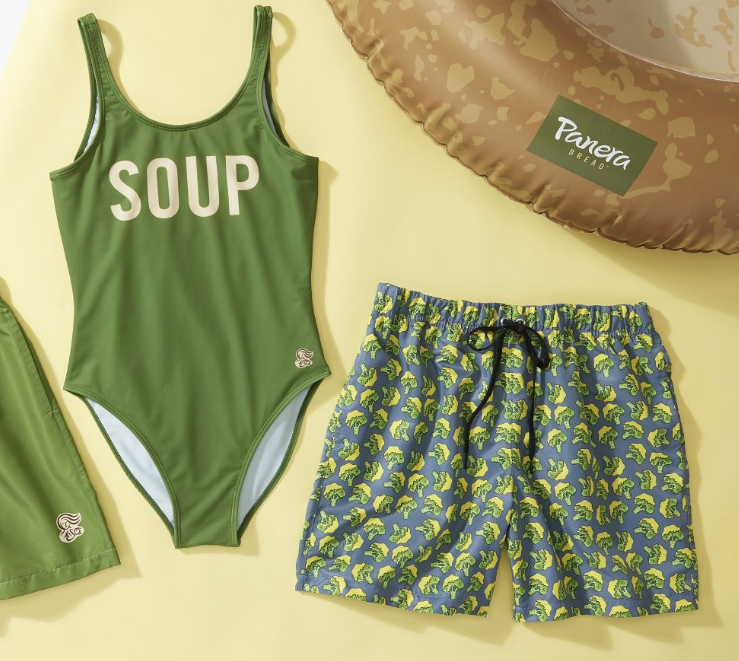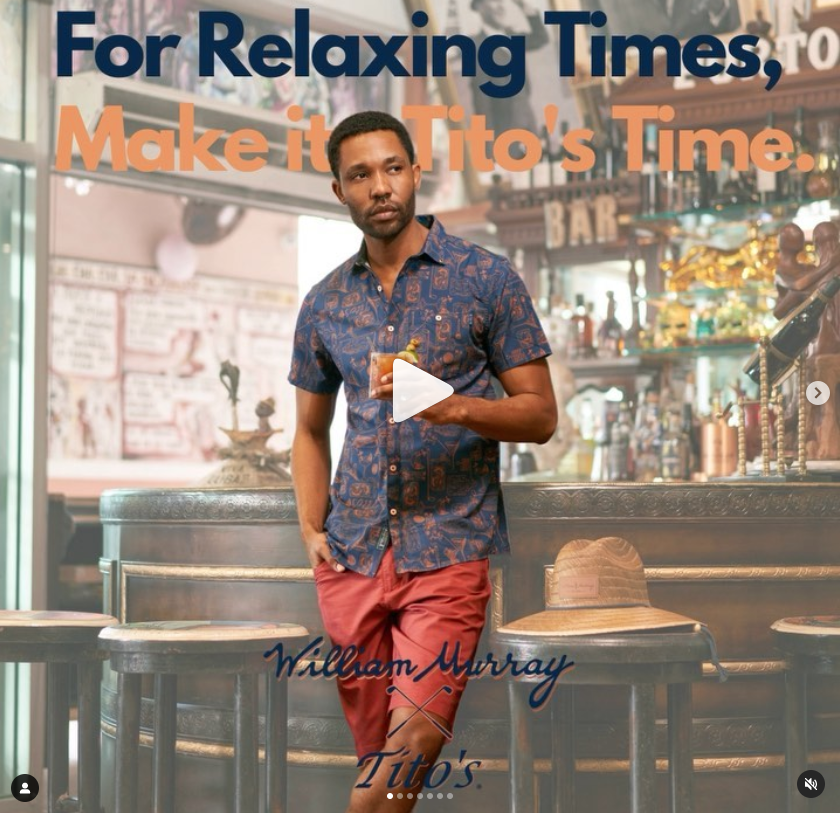The Right Way to Do Branded Apparel
One way to drive brand awareness, connection and community is through branded apparel. Is there an easier way to turn people into live billboards? We think not. It also seems like consumers are into it, with four in ten 13-39 year-olds going so far as to purchase apparel (and non-apparel items) from brands they like — namely to show brand love and be part of something cool and fashionable.1 So we took a look at the last few years of saleable launches to gather our thoughts. If you’re thinking of pursuing it, hear us out.
Explore the Fit
Rather than jumping on a trend, think deeply about how and if this works with your brand.
JT Mega’s Creative Director, Justin Wolocko, recommends first considering whether or not branded apparel is a fit with your target audience, and next to imagine how it fits with your brand personality and ecosystem.
Design Sustainably
A lot of what’s being launched is geared towards younger cohorts, so it’s important to align with their sensibilities. According to a recent study, 7 in 10 Gen Z and millennial consumers rate sustainability “at least somewhat important” when purchasing apparel, and that importance wanes amongst older groups.2 Regardless of age, world press has begun to uncover the sins of the fashion industry, where textile waste is a key contributor to the depletion of natural resources and a significant driver of pollution. In fact, it requires a sobering 3,000 liters of water to produce one cotton shirt, and 57% of all discarded clothing ends up in landfills.3
Here, we encourage not just sustainable materials and production, but looking for opportunities to repurpose “gently used” apparel or even other industry byproducts to create new items. For inspiration, check out Chipotle’s upcycled, avocado-dyed line4 and Wingstop’s eco-friendly uniforms made from recycled plastic water bottles.5
Consider Unisex
To simplify SKUs and promote inclusivity, attempt to create something that can be worn by all.
We recommend exploring possibilities in utilitarian accessories. Think totes, backpacks, hats, ties, scarves, socks or even items worn “ironically” by younger generations. Check out Oscar Mayer’s fanny pack in 2021.6
Co-Brand
To increase the novelty of your items, partner with a fashion icon. Aim high for collaborations. In 2018, Starburst debuted an all-pink clothing line designed by a Project Runway alum.7 In 2020, Nike and Ben & Jerry’s “Chunky Dunky” sneaker, inspired by the brand’s highly-recognizable ice cream packaging, sold out immediately, driving extraordinary prices for resale on the secondary market.8
JT Mega’s Associate Design Director, Nancy Hope, recommends approaching well-known brands — whether contemporary or nostalgic — especially those that overlap with yours in interesting ways, e.g., shared values, ethos, or aesthetics.
Hype an LTO
Consumers are waiting in lines, crashing websites, buying out pop-up shops, and paying top dollar for food-themed streetwear from CPG brands and favorite restaurants. It’s an event. Treat it like one. But only for a limited time. No one wants to end up with a warehouse full of unsold merchandise.
Look to the LTOs of brands that have gone before you to gauge quantities. Twix Cookies & Crème bars launched just 100 pairs of their branded sneakers.9 We don’t know how many items Auntie Anne’s initially produced for their “For the Love of Pretzels” fundraiser, but they sold over 300.10
Time the Drop
Well-timed launches (or faux launches) can bring more attention and context to your offerings.
Instead of timed merely with product promotions, consider aligning apparel launches with major events or holidays, like Back-to-School, Christmas, Father’s Day, etc. In 2018, Cup Noodles launched a dog costume in time for Halloween.11 In 2021, UK fashion brand, Boden, staged a mock launch of a streetwear spin-off called BDN, for April Fool’s Day, complete with extreme platform shoes and a three-piece purse.12 Both got press.
Value Subtleties
Not all branded apparel needs to be of the louder, “streetwear” variety. There are those that want to celebrate their food and beverage passions inconspicuously.
We recommend giving thought to Bill Murray’s tasteful collaboration with Tito’s vodka and the wisdom of JTM intern, Jordan Melz, who tells us: “I’d be much more likely to buy a Shake Shack crewneck with a small embroidered shake or burger on it than a t-shirt covered in French fry graphics.” Mic drop.
[1] “6 More Food & Bev Brands That Can’t Stop Making Merch”, Pulse, 8/05/21
[2] “79% of Americans Have Bought Used Clothes, With Millennials Leading the Way”, Adweek, 7/26/21
[3] “The Impact of Fashion on the Environment”, Princeton University Undergrad Study, 7/20/20
[4] “Chipotle Introduces Responsibly Sourced Apparel Collection, Including Upcycled Avocado Dyed Line”, PR Newswire, 8/03/20
[5] “Wingstop furthers commitment to ESG with launch of sustainable uniforms”, Nation’s Restaurant News, 11/18/21
[6] “Oscar Mayer’s Street Meat Collection Joins the Booming World of Branded Apparel”, Adweek, 9/20/21
[7] “Starburst Launched a Clothing Line Inspired By the Only Candy Color That Matters, Pink”, Adweek, 4/18/18
[8] “What Is a Chunky Dunky, and Why Is It $1,600?”, Adweek, 5/27/20
[9] “How A Growing Number Of Food Brands Are Using Street Style To Stand Out”, A List Daily, 1/16/20
[10] “Clothing Lines From Auntie Anne’s, IHOP and KFC Help Them Connect With Their Biggest Fans”, Adweek, 5/29/18
[11] “Supermarket Swag: Popular Food Brands Add Fashionable Merch”, Forbes, 11/17/20
[12] “April Fool’s Day 2021 – The Best Fashion Pranks This Year”, FashionUnited, 4/01/21



